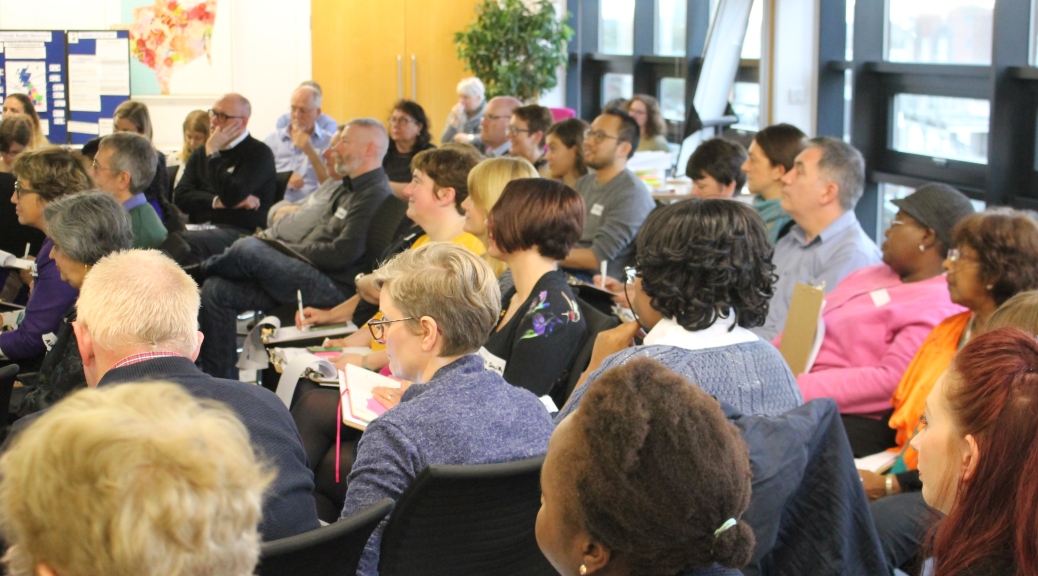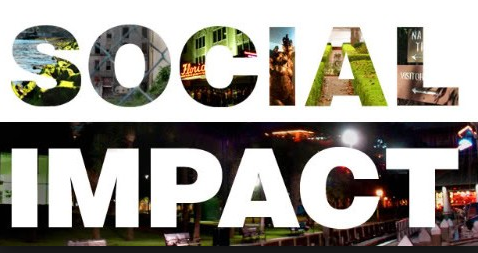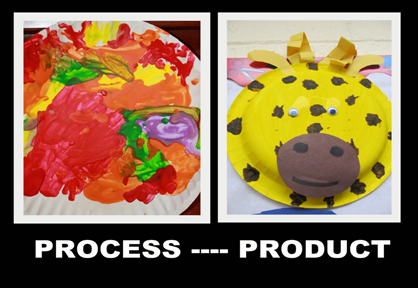‘Facts alone don’t change how people think… We need to understand how people think about poverty and why… Our society’s shared values can help build support to solve UK poverty’
Joseph Rowntree Foundation[1]
The true purpose of ‘charity’ is to tackle poverty and disadvantage. That’s what charities and other social purpose organisations do – address inequality, help people who are less fortunate, and protect, campaign and lobby on their behalf. Arguably, what is variously referred to as responsible or purposeful business, or even social value, will include actions to tackle poverty.
To truly understand poverty, and the outcomes and impact in terms of how an organisation’s actions are tackling poverty, we need to hear the views of stakeholders who are in poverty… including those in need, but also the people who donate, who invest, who collect intelligence, and who work to tackle poverty in all its forms.
We need to understand the forms of poverty. As the Joseph Rowntree Foundation (JRF) has described, poverty is not only about not having enough money – it’s about not having enough food, poor housing and heating, poor wellbeing, and a poor environment to live in.
We also need to learn from the intelligence available from research, case studies and reports drawn together to inform our planning, decision-making and investment.
…and we really need to give ‘value’ – meaning and worth – to the work that we are doing to tackle poverty.
The Social Audit Network has 8 Principles[2] for social accounting and audit:
- Clarify Purpose
- Define Scope
- Engage Stakeholders
- Determine Materiality
- Make Comparisons (benchmarking)
- Be Transparent
- Verify Accounts
- Embed the process
These principles are all based in creating a logical and consistent approach to collecting and using data as part of an organisation’s arrangements for understanding and reporting on addressing social deprivation and its social impact.
On 17th October, SAN Presents… an exploration of poverty in the eyes of a range of stakeholders, including Big Lottery, Big Society Capital, WOCAN, the 2030 Hub, the Universities of Huddersfield and Salford, Halton CAB and the Bolton Social Business Collective.
And across 3 aspects of poverty – food, social wellbeing and money.
Taking inspiration from the work of the JRF, and also the United Nations Sustainable Development Goals, we will explore how following the SAN principles and embedding social accounting into your organisation’s work can help your social economy organisation get to grips with robustly reporting on the effort to tackle poverty.
We will also explore an international dimension with the help of WOCAN; Women Organizing for Change in Agriculture and Natural Resource Management, a women-led international membership network of women and men professionals and women’s associations.
The event also coincides with the 26th anniversary of the UN International Day for the Eradication of Poverty. Book your place now to join in the debate!
SAN presents… Understanding Poverty
The Social Audit Network’s Annual Gathering
Wednesday 17th October 2018
54 St James Street, Liverpool. L1 0AB
https://www.eventbrite.co.uk/e/san-presents-understanding-poverty-tickets-48057029870
Social Accounting and Audit allows social economy organisations to build on existing monitoring, documentation and reporting systems to develop a process to account fully for social, environmental and economic impacts, report on performance and draw up action plans to improve on that performance. Through this process, an organisation can understand its impact on the surrounding community and build a role as a catalyst for tackling poverty.
Anne Lythgoe
www.socialauditnetwork.org.uk
[1] https://www.jrf.org.uk/blog/talking-about-poverty-uk-what-works
[2] http://www.socialauditnetwork.org.uk/getting-started/what-is-social-accounting-and-audit/












